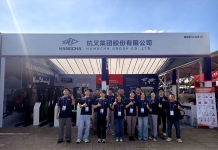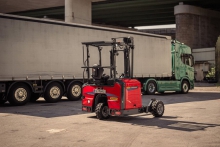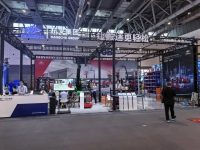Powering Forward Responsibly with ROYPOW
Handling lithium battery recycling doesn't need to be overwhelming. Understanding the why, how, and wheremakes a significant difference for safety, resource conservation, and meeting regulations. It’s about acting responsibly with the power sources we rely on daily.
Here’s a quick recap:
● Why It Matters: Recycling protects the environment (less mining, lower emissions), conserves critical resources, and prevents safety hazards like fires.
● Handle Safely: Always protect terminals (use tape/bags), avoid physical damage, and store used batteries in a cool, dry, designated non-conductive container.
● Find Certified Recyclers: Use online databases, check with local waste authorities (crucial for specific locations), utilize retailer take-back programs, and inquire with manufacturers/dealers.
● Know the Rules: Regulations are tightening globally but vary significantly by region (APAC, EU, US). Always check local requirements.
AtROYPOW, we engineer reliable, long-lasting LiFePO4 energy solutions designed for demanding applications. We also champion sustainable practices across the entire battery lifecycle. Using powerful technology smartly includes planning for responsible recycling when batteries eventually reach their end-of-life stage.
![]()
Frequently Asked Questions (FAQs)
What is the best way to recycle lithium batteries?
The best approach is to take them to a certifiede-waste or battery recycler. Start by checking with your local waste management authority for designated drop-off sites or licensed facilities. Never put them in your household trash or regular recycling bins due to safety risks.
Are lithium batteries 100% recyclable?
While not every single component might be recovered cost-effectively today, recycling processes achieve high recovery rates for the most valuable and critical materials, like cobalt, nickel, copper, and increasingly, lithium. Regulations, like those in the EU, mandate high efficiency and specific material recovery targets, pushing the industry towards greater circularity.
How do you recycle lithium batteries?
From your end, recycling involves a few key steps: safely handle and store the used battery (protect terminals, prevent damage), identify a certified collection point or recycler (using local resources, online tools, or retailer programs), and follow their specific instructions for drop-off or collection.
What are the methods of lithium-ion battery recycling?
Specialized facilities use several main industrial processes. These include Pyrometallurgy(using high heat/smelting), Hydrometallurgy(using chemical solutions to leach metals, often from shredded "black mass"), and Direct Recycling(newer methods aiming to recover cathode/anode materials more intact).

















 粤公网安备 44010602003952号
粤公网安备 44010602003952号